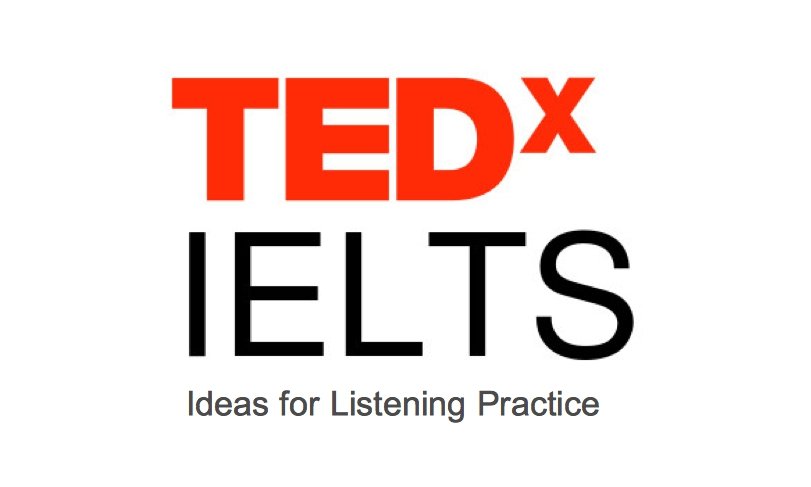TED x IELTS Listening Practice 4: Talk Nerdy to Me
Listen to a TED speaker talk about the importance of good communication. Before you listen, take one minute to read the ten questions below. You can also download these questions as a PDF.
[ted id=1592]
QUESTIONS 1-6 (Sentence Completion) You should write NO MORE THAN THREE WORDS for each answer.
The speaker argues that 1. _______________ and 2. ______________ need to be better at communicating.
The first question they must answer is 3. __________________? In other words, why is their science relevant to us?
They can help people understand their ideas by avoiding 4. _________________.
A good example of this are the words 5. _____________________________ which can easily be expressed as space and time.
However, that doesn’t mean they need to 6. ____________________. Ideas should be kept as simple as possible, but not made any simpler.
QUESTIONS 7-10 (Multiple Choice) Choose ONE ANSWER for each question.
7. What does the speaker say about bullet points?
A. They are dangerous to humans.
B. They depend too much on language.
C. They should be banned from presentations.
8. Why does the speaker mention the Eiffel Tower?
A. It’s a useful analogy.
B. It has a unique design.
C. It prevents tourists from getting lost.
9. The purpose of the equation is to:
A. Define the relevance to your audience
B. Find your true passion
C. Improve your conversations
10. What do you think is the speaker’s occupation?
A. Scientist
B. Engineer
C. Neither of the above
Make sure you check spelling carefully before you check the answers.
Teacher’s Note
This is the kind of talk you might hear in Section 2 of the IELTS Listening test. Be very careful when answering questions 7-10 as they make heavy use of distractors. These are words that you will hear the speaker say but they are not the correct answer to the question. Even though the speaker uses a few visuals, try to do this listening practice test without viewing the screen. You don’t need to see the visuals in order to understand the speaker’s points, and it will be much more authentic as IELTS Listening practice.
Further Practice
Want more IELTS Listening practice? Check out similar posts here.
Using this IELTS Listening practice in a real classroom? You may want to try these follow-up questions with your students.
This is an unofficial educational use of a TED talk. For official learning materials based around TED content, please visit the TED-ed website.
